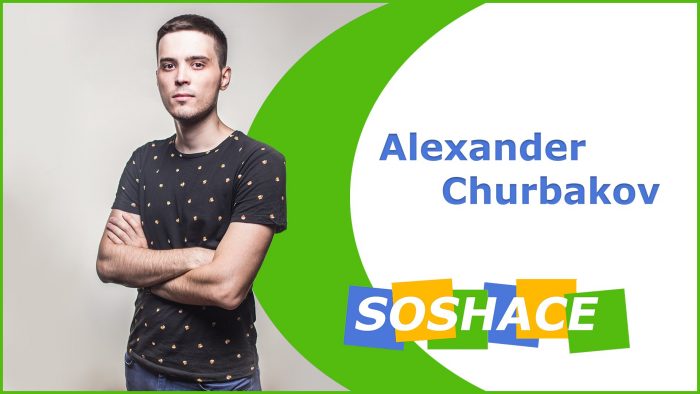Introduction:
In today’s competitive job market, the ability to articulate one’s qualifications and experiences succinctly can significantly influence hiring outcomes. As organizations increasingly prioritize cultural fit and competency-based evaluations, candidates are often confronted with a suite of common interview questions designed to gauge not only their technical proficiency but also their problem-solving approaches and interpersonal skills. This article aims to provide a comprehensive framework for mastering these prevalent inquiries. By deconstructing the underlying intentions of each question and presenting strategically crafted response methodologies, we will equip candidates with the tools necessary to convey their suitability for roles effectively. This guide offers practical insights into the cognitive and behavioral strategies that can transform potentially challenging interactions into opportunities for demonstrating value, professionalism, and alignment with organizational goals.
Table of Contents
- Understanding the Structure of Common Interview Questions
- Crafting Tailored Responses to Highlight Your Skills
- Utilizing the STAR Method for Behavioral Questions
- Strategies for Negotiating Salary and Benefits During Interviews
- Closing Remarks
Understanding the Structure of Common Interview Questions
Interview questions often follow specific structures designed to assess a candidate’s skills, experience, and cultural fit within an organization. Understanding these structures can help candidates formulate effective responses. Typically, questions can be categorized into several types, including:
- Behavioral Questions: These questions focus on past experiences and require candidates to provide examples that demonstrate their skills and work ethic.
- Situational Questions: Candidates are presented with hypothetical scenarios and must explain how they would handle them.
- Technical Questions: These assess specialized knowledge relevant to the role and can include problem-solving tasks or industry-specific inquiries.
In addition to knowing the types of questions, recognizing common themes can enhance response strategies. Many interviewers evaluate candidates on core competencies, which may include:
| Competency | Description |
|---|---|
| Adaptability | How candidates respond to changing situations. |
| Problem-Solving | Ability to analyze issues and propose effective solutions. |
| Teamwork | Collaboration and communication abilities within a team. |
Crafting Tailored Responses to Highlight Your Skills
When preparing for an interview, it’s crucial to craft responses that not only answer the questions but also spotlight your unique skills and attributes. To achieve this, begin by reflecting on your experiences. Identify key accomplishments and situations where you’ve demonstrated essential skills. Structure your responses around the STAR method—Situation, Task, Action, Result—to clearly outline your thought process and the impact of your contributions. This approach will help interviewers see not just what you’ve done, but how your specific talents can benefit their organization.
In developing your personalized narratives, consider incorporating the following components to effectively convey your skills:
- Anecdotes: Share short, relevant stories to illustrate your capabilities.
- Quantifiable Outcomes: Emphasize results with numerical data where possible, such as percentage increases or cost savings.
- Relevance: Tailor your examples to align with the job description, showcasing skills that are directly applicable.
| Interview Question | Skills to Highlight |
|---|---|
| Describe a challenge you faced at work. | Problem-solving, resilience |
| How do you prioritize tasks? | Time management, organizational skills |
| Why should we hire you? | Adaptability, unique value proposition |
Utilizing the STAR Method for Behavioral Questions
To navigate behavioral questions effectively, leveraging the STAR method can be a game-changer. This structured approach focuses on four key elements: Situation, Task, Action, and Result. Each element allows candidates to present their experiences in a clear and cohesive manner. Start by outlining a specific situation that demonstrates your skills and abilities. Next, define the task you were responsible for in that scenario, ensuring it relates directly to the question being asked. Then, detail the action you took to address the challenge, emphasizing your role and the skills you employed. conclude with the results of your actions, showcasing any positive outcomes or learning experiences.
Structuring your responses in this way not only provides interviewers with concrete examples of your capabilities but also serves to highlight your problem-solving skills and adaptability. Here’s a quick reference table to illustrate how to implement the STAR method:
| Component | Description |
|---|---|
| Situation | Briefly describe the context in which you found yourself. |
| Task | Explain the specific challenge or responsibility you had. |
| Action | Discuss the steps you took to tackle the task or challenge. |
| Result | Share the outcomes of your actions, quantifying them when possible. |
Strategies for Negotiating Salary and Benefits During Interviews
Negotiating salary and benefits requires confidence and a clear understanding of your worth, as well as the value you bring to the organization. Start your preparation by conducting thorough research on industry standards for your role. This information is pivotal in framing your discussions. When entering the negotiation, keep the following strategies in mind:
- Know Your Value: Clearly articulate your unique skills, experiences, and any successful projects that highlight your qualifications.
- Define Your Expectations: Establish a clear range for your salary and benefits based on your research.
- Practice Active Listening: Pay attention to the interviewer’s responses and adjust your strategy accordingly.
- Be Flexible: Consider other benefits that could enhance your offer, such as remote work options, professional development, or additional vacation time.
Utilizing a strategic approach not only empowers you in negotiations but also creates a positive atmosphere for dialogue. It is crucial to communicate your needs assertively while remaining open to compromise. Here’s a simple breakdown of potential benefits to discuss:
| Benefit Type | Description |
|---|---|
| Health Insurance | Evaluate coverage, co-pays, and deductibles. |
| Retirement Plans | Look for employer matching contributions and investment options. |
| Bonus Structure | Clarify performance metrics for bonuses. |
| Professional Development | Assess opportunities for training and certifications. |
Closing Remarks
mastering common interview questions is a critical component of successful job interviews, equipping candidates with the tools necessary to articulate their qualifications and experiences effectively. By understanding the underlying principles behind these questions and employing structured frameworks for response formulation, candidates can enhance their ability to engage in meaningful dialogue with interviewers. This guide has outlined essential strategies, including the STAR method and the importance of tailoring responses to align with the organization’s culture and values. As the job market continues to evolve, it is imperative for candidates to not only practice their responses but also to remain adaptable and authentic in their delivery. Ultimately, thorough preparation and strategic thinking will not only bolster confidence but will also significantly increase the likelihood of making a positive impression and securing the desired position. Investing time in mastering these quintessential interview questions is not merely a preparation exercise; it is an essential step toward career advancement and professional fulfillment.






